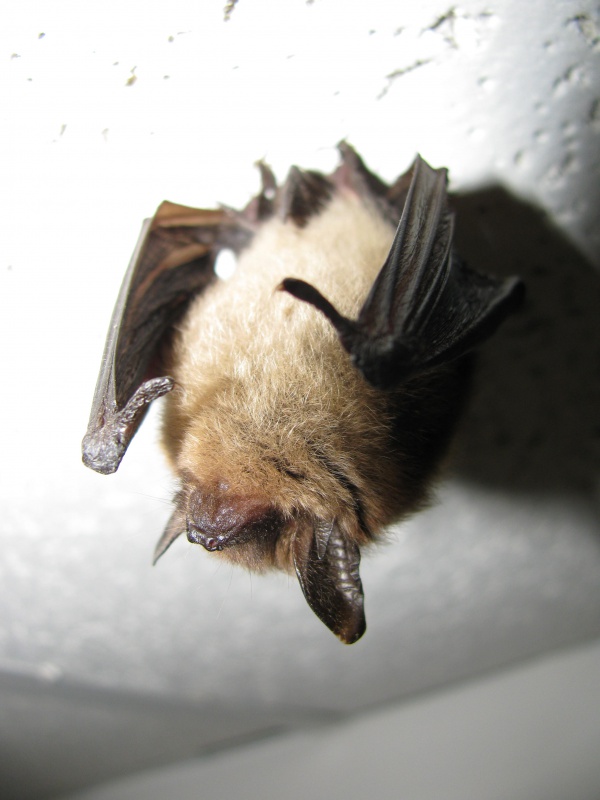Facts About Northern long-eared bat
The northern long-eared bat, or Myotis septentrionalis, is a charming little bat native to North America. Distinguished by its notably long ears, this bat is quite small, measuring just 3 to 3.7 inches in length with a wingspan of 9 to 10 inches. You’ll typically find these bats in the northern United States and southern Canada, particularly in forested areas like boreal forests, where they prefer roosting in hardwood trees during the summer.
During the spring and summer months, northern long-eared bats spend their days roosting in trees or man-made structures, often forming maternity colonies that can include up to sixty bats. As fall approaches, they migrate to caves to hibernate, usually emerging between March and May. These bats have a unique echolocation call that helps them navigate and hunt in cluttered environments. They primarily feed on insects such as moths, beetles, and flies, which they skillfully glean from surfaces.
Unfortunately, the northern long-eared bat is facing serious threats from white-nose syndrome, a disease that has led to a dramatic decline in their population in some areas. Because of this, the United States Fish and Wildlife Service has listed the species as Threatened under the Endangered Species Act. To help protect these bats, conservation efforts have been implemented, such as closing off certain habitats like the Elroy-Sparta Bike Trail tunnels in Wisconsin during their hibernation season.
These bats play a crucial role in their ecosystems as both insect predators and pollinators. However, their population is at risk, making it essential to pursue conservation measures to ensure their continued survival.

 United States
United States